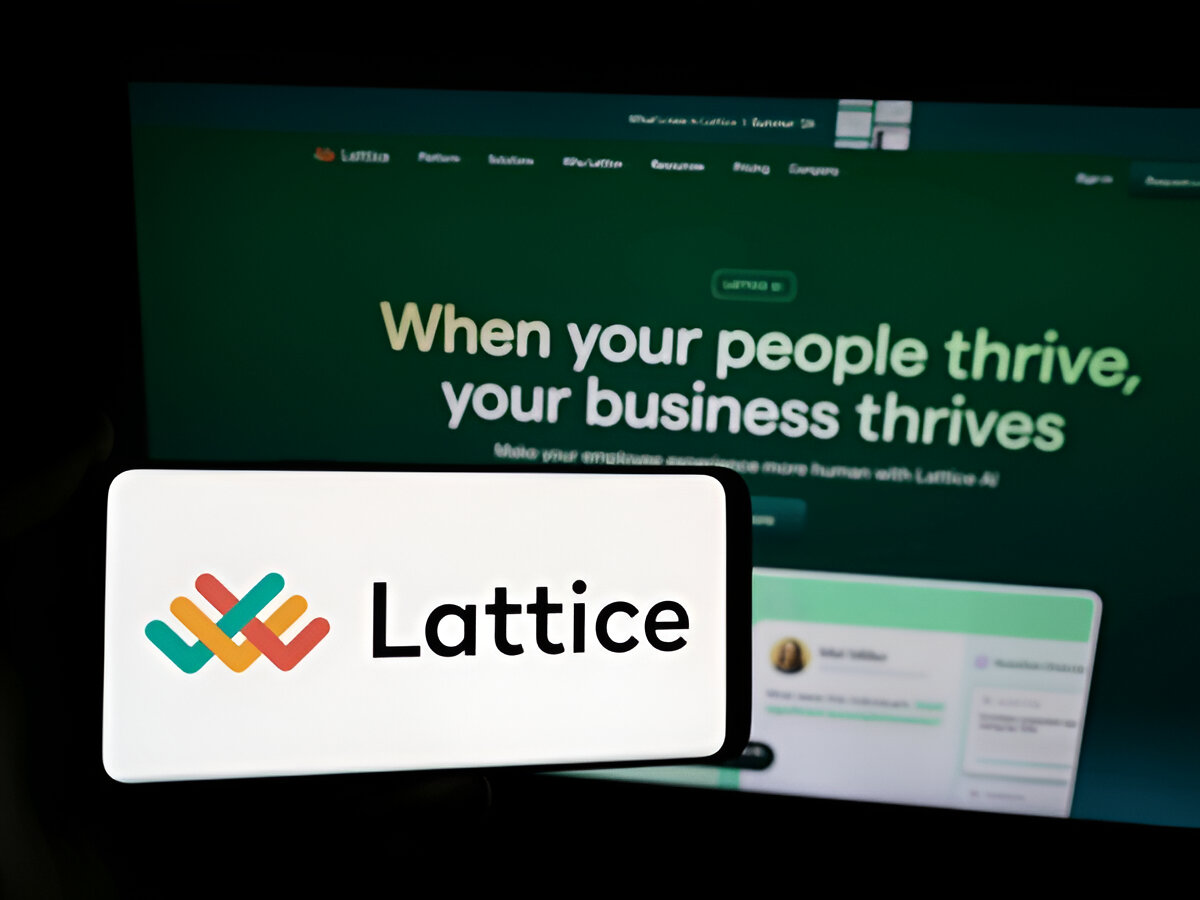A new survey from Big Four firm EY reveals that CFOs’ and corporate tax leaders’ stances on generative artificial intelligence have shifted over the past year—from mostly negative to mostly positive.
Of the more than 1,600 professionals who participated in the 2024 EY Tax and Finance Operations Survey, 87% say they believe integrating GenAI will drive increased efficiency and effectiveness within the tax function, up significantly from 15% in 2023.
Respondents who had little idea what GenAI was a little more than a year ago are now considering how the technology can help redefine what a modern tax and finance function looks like, EY says.
“GenAI is redefining tax and finance functions at the most rapid pace I’ve seen, and that pace is only accelerating,” Marna Ricker, EY Global vice chair of tax, said in a statement. “You need a transformative mindset for how to take advantage of the technology, so it’s going to be more critical than ever to take a strategic approach in shaping the ideal operating model.”
CFOs and corporate tax executives see GenAI improving every part of their functions, ranging from data acquisition to compliance and controversy. But the survey found that 75% of respondents characterize their tax and finance functions’ current use of GenAI in practice to be either nonexistent (23%) or exploratory (52%).
“That usage will likely shift dramatically to the ‘emergent’ and ‘integrated’ categories on the maturity scale over the coming years, with more organizations finding GenAI to be ‘transformative,’” EY says.

Tax departments are expected to be the leaders for most organizations as they move quickly along the GenAI maturity curve.
For example, businesses are already using GenAI to make indirect tax returns more accurate at the time of filing, eliminating the need to seek refunds years later, EY says. Smarter chatbots are also helping payroll departments provide better, more customized answers to worker queries. And GenAI is being used to compare different kinds of data sets to identify tax deductions and credits that previously were hard to detect.
“Tax is setting the standard in many businesses for using GenAI,” Lyn Bird, corporate vice president of industry solutions delivery at Microsoft Corp., said in the report. “It presents a huge opportunity for tax executives to lead.”
Tax professionals are starting to use GenAI for more advanced tasks like quickly analyzing and building data solutions, performing predictive analytics and horizon scanning, and benchmarking with real-time data. New skills such as prompt engineering, which is the ability to chat with an AI system using natural language, are increasingly being coupled with enterprise data to analyze complex tax documents and data at scale, the report says.
“GenAI requires significant investment. Harnessing the transformative impacts of GenAI—and advancing along the maturity curve—will require a thoughtful plan and the ability to overcome a broad, costly range of obstacles,” EY states. “These obstacles include a lack of accessible, high-quality and reliable data, and insufficient talent to build, deploy, maintain, and govern the technology. Respondents also voiced concerns about data security and privacy, while others cited uncertainty regarding regulatory compliance and legislation.”
No matter where your organization is on the GenAI transformation spectrum, all tax and finance functions should pursue the following four actions, according to EY:
1. Operationalize GenAI for tax and finance: Think of it as a transformative tool, not just as a way to achieve short-term efficiency gains. Tax and finance functions need to move swiftly and smartly along the maturity curve to begin deploying GenAI tools into their operations. This starts with identifying use cases that align with your business and selecting the right tools. Next you need to prepare your data, then choose a small pilot project. Then scale, integrate, and continuously improve. Most importantly, make sure your people are prepared to work confidently with GenAI. For example, can you develop a GenAI agent to properly classify tax transactions, identify planning and analysis opportunities, and provide real-time reporting insights that your executives can leverage to bring more value to the enterprise?
2. Create a comprehensive data strategy: Position yourself to realize all the benefits of GenAI and data reuse. This will become increasingly important as regulatory reporting requirements increase and as you manage cost and talent pressures.
3. Develop a strategic talent plan: The plan should address the many pressures impacting your tax and finance functions, including the talent gap, role of GenAI, ability to focus on strategic activities, emerging reporting requirements, and cost pressures. You should develop a strategic talent plan to position your tax and finance people for future success. This involves predicting your future talent needs and then determining how you will source the people you need through a combination of internal hiring, working with a service provider, automation, and GenAI.
4. Continue to re-examine operating models: You still need a strategic plan, especially with the capabilities of GenAI growing quickly. The options for transformation remain essentially the same: build by investing, outsourcing a significant amount of activities, or more commonly, taking a hybrid approach by using external providers on some activities while keeping other activities in-house.
“Tax professionals are early movers in innovating with GenAI because tax is a data-driven, rules-based operation,” said Raj Sharma, EY Global managing partner of growth and innovation. “I anticipate innovations in this space to continue growing exponentially in the coming years, especially for organizations that make the right investments.”
Thanks for reading CPA Practice Advisor!
Subscribe Already registered? Log In
Need more information? Read the FAQs




